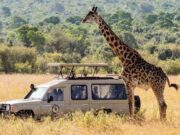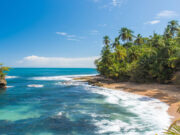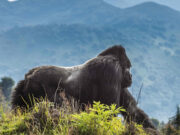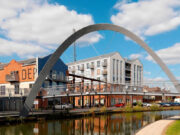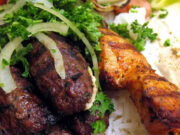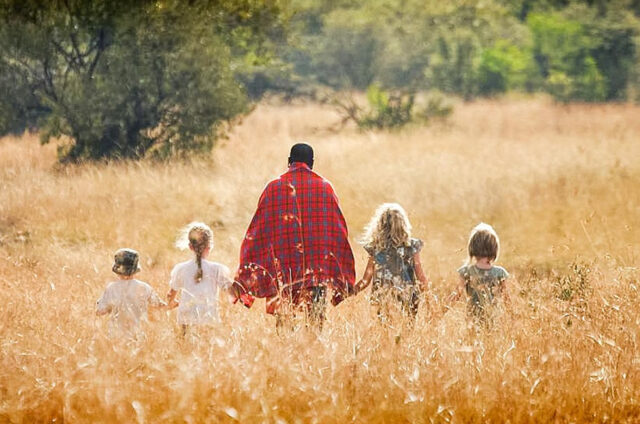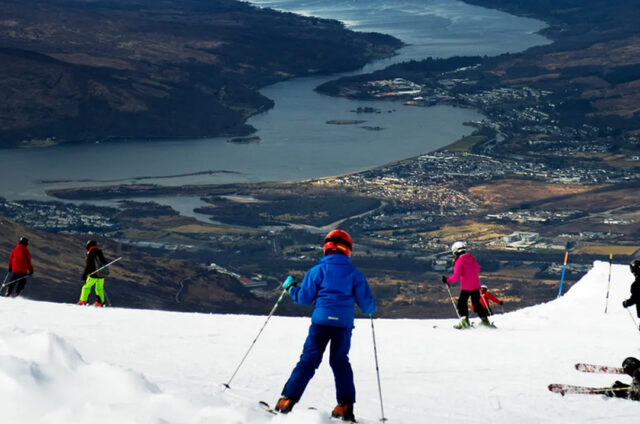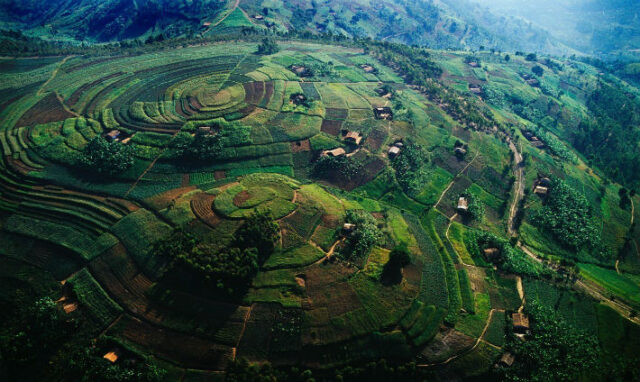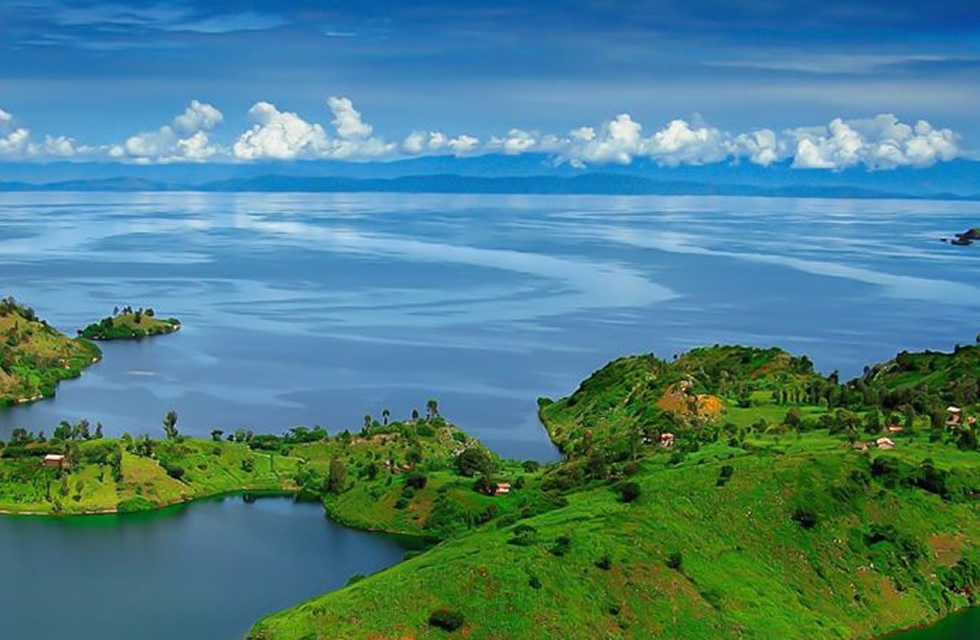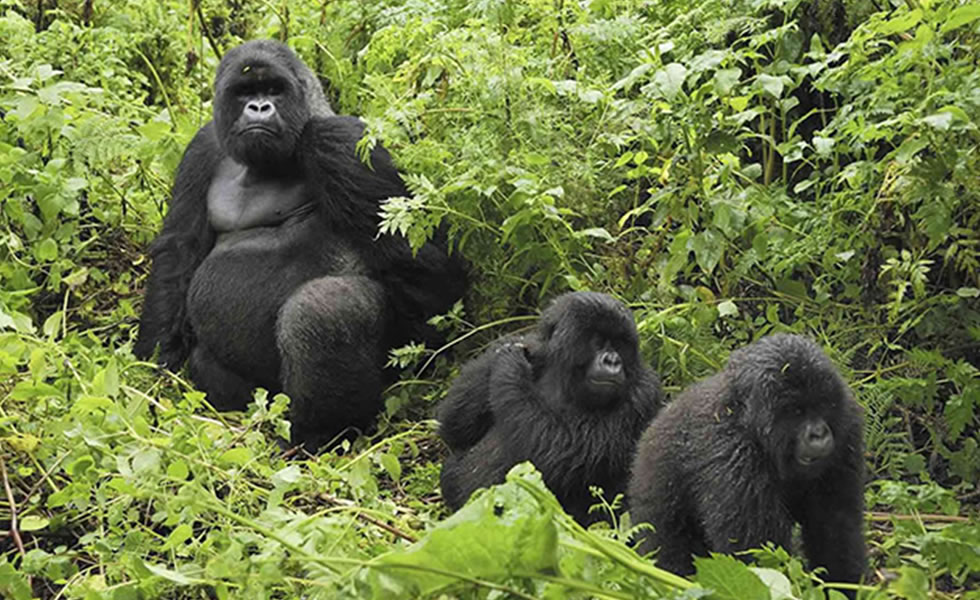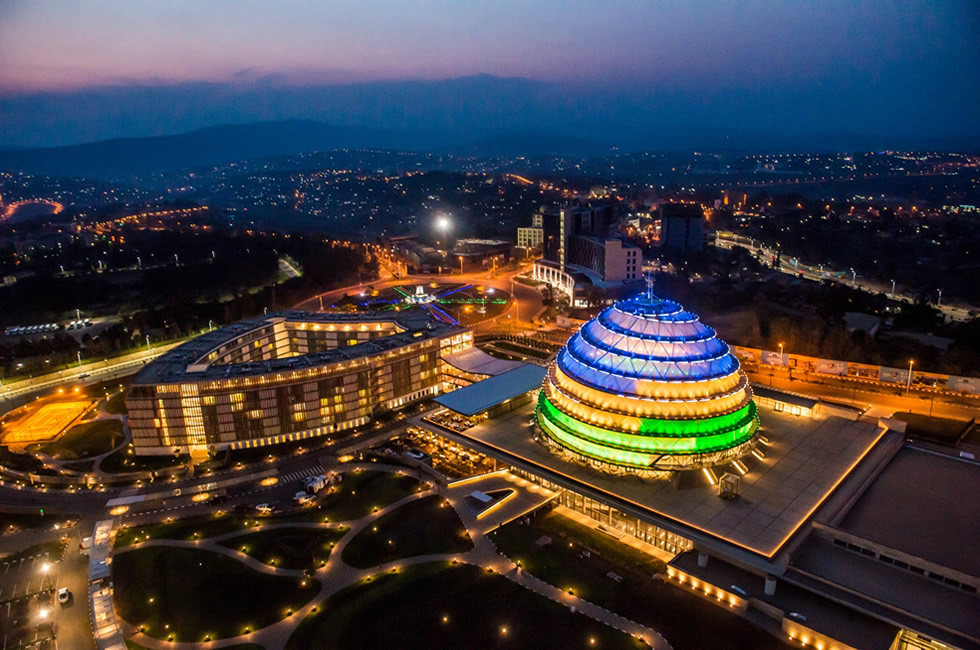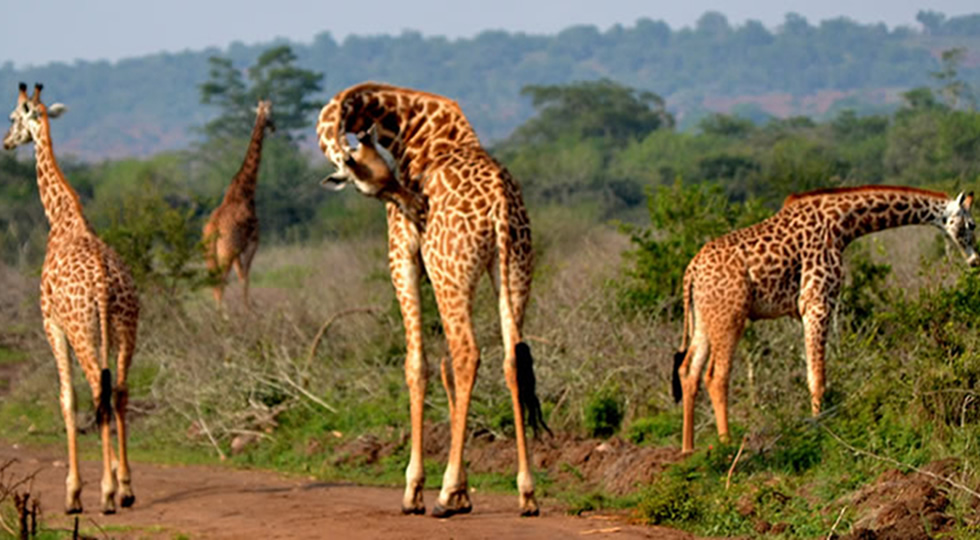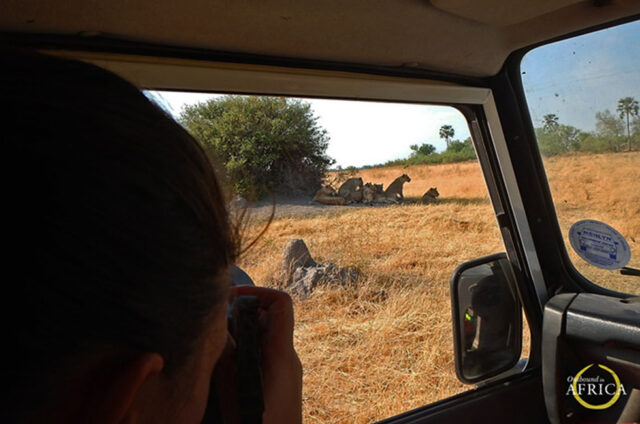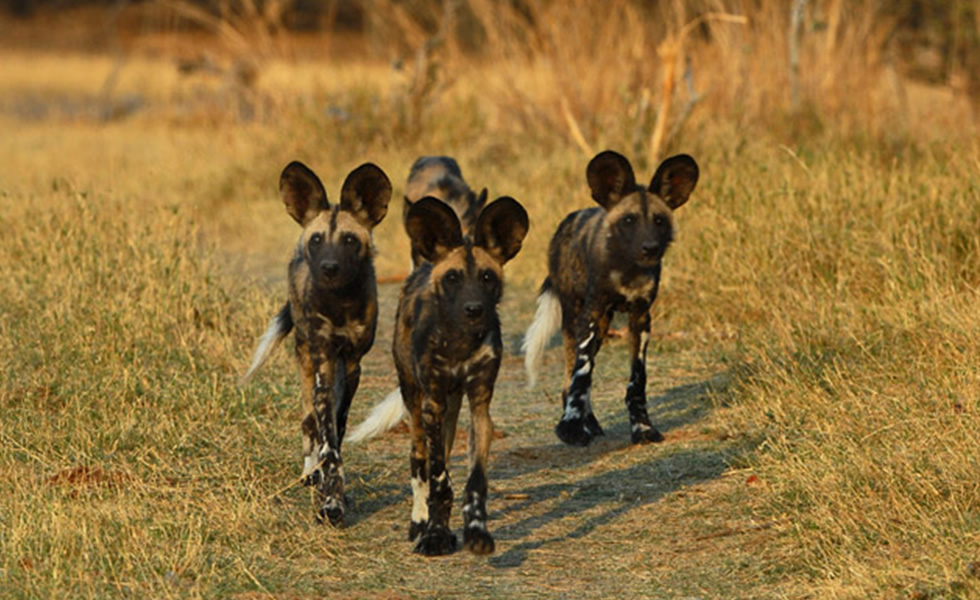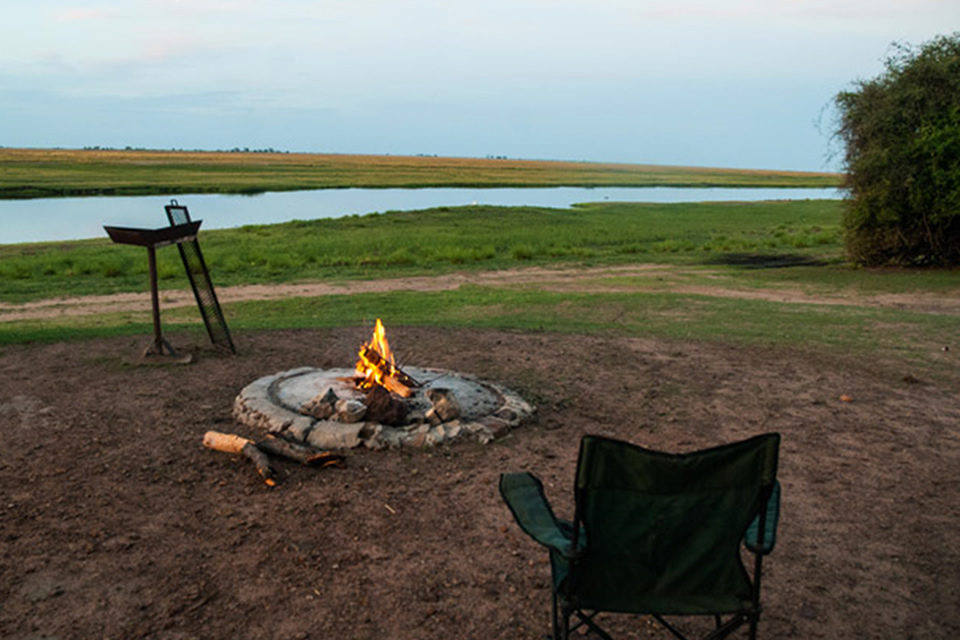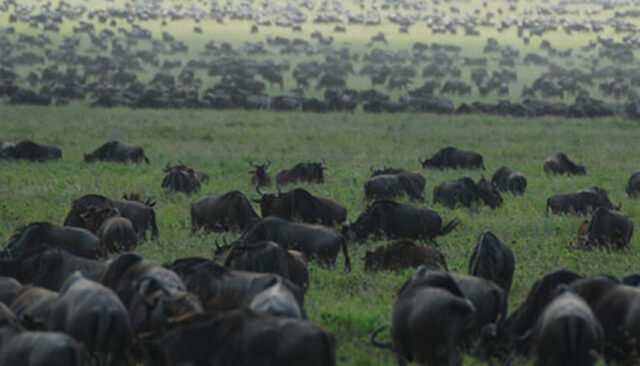What’s your idea of a dream holiday? African holidays are amazing because you can have it all. No matter what you’re looking for when you take a holiday, it’s here in abundance in Africa – from the big-game photographic safaris to the untouched beaches and everything in between.
So before you plan your next trip to your favorite, comfortable, reliable destination, feast your eyes on all that awaits you on an African safari and beach holiday.
1. Witness the great wildebeest migration
Every year between July and October, about two million animals make the trip from the Serengeti in Tanzania to the Maasai Mara in Kenya — the ‘World Cup of Wildlife’ is an apt description. Considered one of the Seven New Wonders of the World, the great wildebeest migration is an unforgettable, overwhelming experience.
The Wildebeest Migration of the Serengeti from Roger and Pat de la Harpe on Vimeo.
2. Hunting the “Big Five”— with your camera, of course
Bagging the Big Five was considered a rite of passage for hunters, because they represented the largest, most dangerous animals to hunt on foot. But on our safaris, which don’t involve any hunting and killing, you can still experience all the excitement and the awe of seeing them up close and personal while capturing them through the lens of your camera.
The “Big Five” is a hunting term left over from the game-hunting heydeys of the 19th and 20th centuries, but it’s still in use on big game photographic safaris. The Big Five consists of the lion, the elephant, the buffalo, the rhino, and the leopard.
3. Go mountain gorilla trekking at Volcanoes National Park
There are only about 800 mountain gorillas in Volcanoes National Park in Rwanda, organised into roughly ten habituated family units, and seeing them in their native habitat is an experience of a lifetime.
It’s not for the faint of heart, however (you’ll be tracking the gorillas at an altitude of 8,000 to 10,000 feet), but it’s definitely worth the effort to see them up close
4. Enjoy a scenic “sundowner” on the Serengeti in the glow of a flaming sunset
Afternoon cocktails is a civilised custom, but there’s nothing like a chilled white wine or a brisk gin and tonic on the savannah, with the iconic acacia trees silhouetted against a glowing orange sun. It’s something that happens nearly every day on a Gamewatchers safari. You’ll never see your afternoon tipple the same way again.
Sunset in the Serengeti, Tanzania from JF Schmitz Photography on Vimeo.
5. Go snorkelling in the Seychelles
If you really feel like a romantic and luxurious surrounding, how about a private island resort on the edge of a coral reef? There are two UNESCO World Heritage sites in the Seychelles, and they are still relatively untouched by humans. If you’re looking for an unrivalled view of the world from under the water there’s no place better than the crystal clear Indian Ocean.
6. Visit Meru National Park, where Elsa of Born Free fame was raised
You can always cheer yourself up by viewing all the diverse species of wildlife such as the herds of zebras, stately giraffe and lurking crocodiles that also live in the park. If you saw the movie – and really, who didn’t? – you’ll feel that tug on your heart when you visit Meru National Park, seen in the image below from Elsa’s Kopje, and the site of Elsa’s grave and that of her human mother near Adamson Falls on the Tana River.
7. Tour “the smoke that thunders” at Victoria Falls
Victoria Falls presents a spectacular sight of awe-inspiring beauty and grandeur on the Zambezi River – the fourth largest river in the world – and defines the border between Zambia and Zimbabwe. Victoria Falls is the only waterfall in the world with a length of more than a kilometre and a height of more than hundred meters. It is also considered to be one of the largest waterfalls in the world.
Victoria Falls Moonbow Time Lapse from Brett Kotelko on Vimeo.
8. Take a romantic getaway in the Swahili town of Lamu
Lamu is a place like no other, a peaceful tropical island where life is lived at its own relaxed rhythm, but a place whose history is as mysterious and fascinating as the winding streets of its medieval stone town.
The island itself is a beautiful place of rolling dunes and endless beaches, where tiny villages nestle among coconut and mango plantations and lateen-sailed dhows ply the waters. But Lamu’s real attraction is its old town – wear your walking shoes when you visit, because cars and taxis are banned for the general public. Donkeys are still used to carry goods along the town’s narrow, winding roads. The town retains its Arab, Persian, and Indian roots; it’s stunningly beautiful and very romantic.
9. Feed the giraffes at the Giraffe Centre in Nairobi
Discover Giraffe Centre in Nairobi, Kenya, and get your fill of these oddly graceful creatures – all while supporting education initiatives for Kenya’s school children. Here guests have the opportunity to view giraffes as well as feed them, wildlife doesn’t get closer than that!
There’s even a butterfly sanctuary and a nature trail where you can see Kenyan wildlife up close!
10. Swim in the sea with the dolphins in Mauritius, or take a submarine safari
Mauritius isn’t the first place that comes to mind for holidays in Africa, but you should definitely give it a look. Bottlenose and spinner dolphins have a happy home off the west coast of Mauritius where the water is warm and the fish are plentiful. You can swim with these free dolphins in their natural habitat, or even take an “underwater safari” on a specially designed sea-scooter for two for a face-to-face view of marine life in the Indian Ocean.
11. Climb Mt. Kilimanjaro, the world’s tallest freestanding mountain
Mt. Kilimanjaro towers over the plains of Tanzania, its peaks perpetually covered in snow—you can see it from a distance of 150 kilometres away. Sure, you’ll have to forego some of your usual daily luxuries to make this incredible climb, but it’s worth it for the satisfaction of saying you did it. And the views are absolutely breathtaking.
12. Foster a baby elephant at the David Sheldrick Elephant Orphanage
What if I told you that you could adopt your very own baby elephant?
The orphanage is a lifetime project dedicated to promoting elephant conservation and anti-poaching efforts. As the name suggests, they also rescue the baby elephants orphaned by the ivory trade. You can visit the babies at certain times during the day, and even take a bit of Nairobi home with you by becoming an elephant foster parent.
Ready to start your adventure?
As you can see, an African holiday is so much more than camping and cookouts and animals on safari – although let’s be honest, those are reason enough to go. If any of these experiences has kindled your wanderlust, why not contact us today to start planning your African safari and beach holiday? Or if you’re still at the early stages of deciding where to go and what to do, just sign up to our free short email course here.



